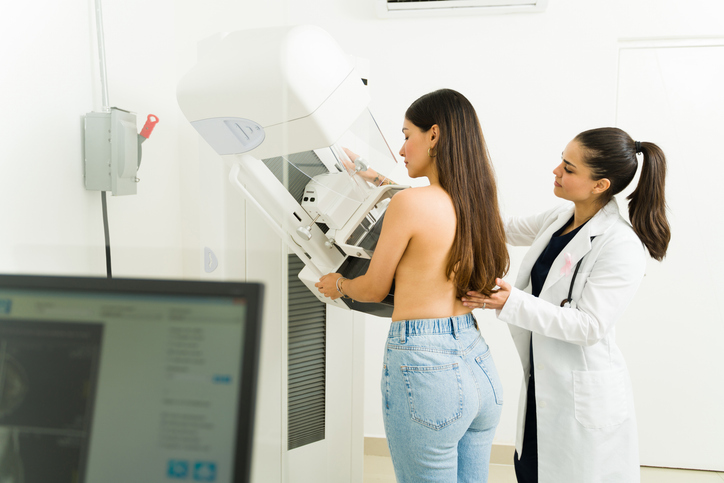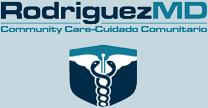Are Breast Self-Exams Important for Breast Cancer Screenings?

Monthly breast self-examinations were once recommended as a screening tool for breast cancer. Doctors used to encourage women to perform these exams as a way to become more familiar with the look and feel of their breasts and to notice any changes. The goal was to help recognize breast disease at an early stage, when it was more successfully treated. However, breast self-exams have not been shown to be effective in reducing deaths from breast cancer.
Problems with Breast Self-Exams
There are some specific problems in relying on breast self-exams:
- Very small cancers may not be detected through breast self-exams. Mammograms are much more effective in detecting small cancers before they become large enough to feel.
- More than 40 percent of women have dense breast tissue. It’s more challenging for women with dense breasts or fibrocystic breasts to feel abnormalities.
- Breast tissue can feel somewhat lumpy. Many women could not distinguish a difference between lumpy breast tissue and a suspicious lump.
Monthly Breast Self-Exams Not Recommended
Most health professionals no longer recommend breast self-examinations for women’s health. A mammogram is the primary breast cancer screening tool. Over the years, mammography has seen significant advances. Breast imaging has gone from analog to digital, and from 2D images to 3D images. These improvements now mean that 30 percent more cancers are detected. The newest guidelines advise women who are at average risk for breast cancer to have a mammogram every other year from age 40 to 70. However, the American Cancer Society recommends a woman continue to have screenings as long as she is in good health and is expected to live at least ten more years.
However, that doesn’t mean a woman should ignore an obvious change in her breasts. Any of the following changes should be reported to her physician.
- New lump – a new thickening or firm tissue on the breast or under the arm
- Skin changes on the breast – irritation, redness, dimpling, or puckering
- Nipple changes – a discharge from the nipple; retracted or inverted nipple
- Changes in breast size or shape
- Swelling, discomfort, or persistent pain or tenderness in the breast
Next Steps

October is Breast Cancer Awareness Month. Women who have not had a breast exam or mammogram in over two years are encouraged to contact their physician and schedule an appointment.
RMD Primary Care encourages women to be proactive in managing their healthcare. Our physicians offer women’s health appointments as part of our Family Medicine Services. Contact our office to schedule breast exams, mammogram referrals, and pap smears.




